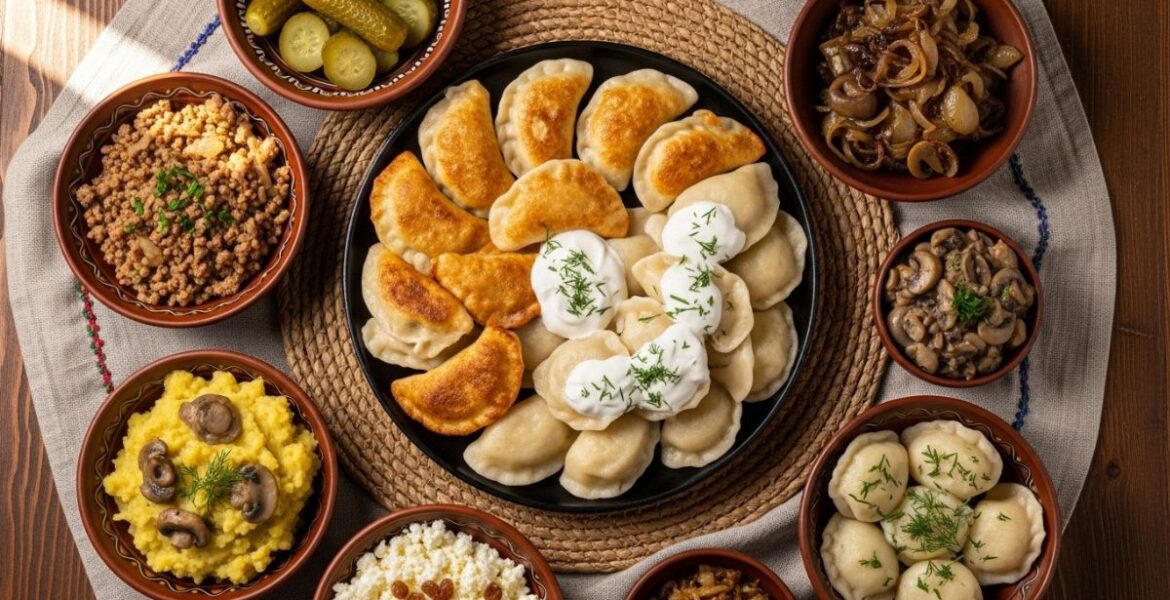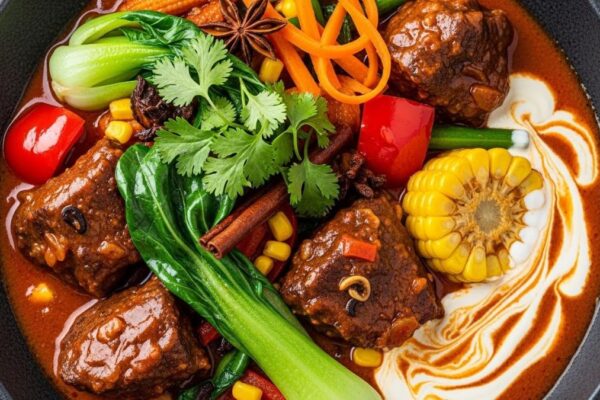Exploring levapioli: A Culinary Delight from the Heart of Eastern Europe

If you’re a food lover, then the culinary world is full of hidden gems waiting to be discovered. One such gem is levapioli—a delectable dish that hails from Eastern Europe and has captured the hearts (and stomachs) of many. With its juicy flavor and satisfying texture, levapioli offers more than just a meal; it’s an experience steeped in tradition and culture. In this blog post, we’ll delve into what makes levapioli so special, exploring its rich history, regional variations, and mouthwatering dishes that highlight this culinary delight. Whether you’re eager to try it for the first time or looking to deepen your appreciation for this beloved dish, let’s embark on a flavorful journey together!
History and Origins of Levapioli
Levapioli has roots steeped in the rich culinary traditions of Eastern Europe. This savory delight traces back to the Balkan region, where it quickly became a staple among local communities.
Originally made from minced meat, usually a mix of beef and lamb, levapioli reflects the nomadic lifestyles of ancient herders. They would grill these delightful sausages over open flames, imparting unique flavors that are still cherished today.
As trade routes expanded across regions like Serbia and Bosnia, so did variations in preparation and seasoning. Each area added its flair to this dish, creating distinct tastes rooted in local ingredients.
Tradition plays a vital role; families often gather around grills during summer festivals or special occasions to share their love for levapioli. This communal experience not only highlights its cultural significance but also strengthens bonds within communities.
Regional Variations and Traditions
Levapioli showcases remarkable regional variations that reflect the diverse cultures of Eastern Europe. Each area has its own twist on this beloved dish, adding unique flavors and ingredients.
In Serbia, for instance, you’ll find levapioli served with a side of fresh onions and red pepper sauce. The smoky flavor from grilling over open flames is an essential part of the experience.
Croatian versions often incorporate spices like paprika or garlic, enhancing the savory taste further. Here, it’s common to enjoy levapioli in pita bread along with a refreshing cucumber salad.
Montenegro takes it up a notch by pairing these delicious sausages with traditional sides like ajvar—a roasted red pepper condiment that adds depth to each bite.
These regional adaptations showcase not just local tastes but also highlight rich culinary traditions passed down through generations. Each variation tells a story of community and heritage that brings people together around the table.
Popular Dishes featuring Levapioli
Levapioli shines in various dishes across Eastern Europe. One popular preparation is the classic cevapi, small grilled sausages made from minced meat and spices. Served with somun bread or fresh pita, it delivers a burst of flavor.
Another favorite is the “lepinja,” which pairs perfectly with levapioli. This soft flatbread cradles juicy sausages alongside chopped onions and pepper-based relishes, creating a harmonious blend of textures and tastes.
In many regions, you’ll find a savory stew featuring levapioli nestled among vegetables like peppers and potatoes. It’s typically slow-cooked to enhance its rich flavors.
Street food lovers may enjoy levapioli served on skewers at outdoor markets. The aroma wafting through the air draws in hungry crowds eager for this culinary delight.
Each dish showcases how versatile levapioli can be while honoring traditional recipes passed down through generations.
Where to Find Authentic Levapioli
Finding authentic levapioli can be an adventure in itself. Start your journey at local Eastern European markets or specialty stores that celebrate Balkan cuisine. These hidden gems often carry homemade versions, crafted with love and tradition.
Restaurants focusing on Balkan dishes are also a prime destination. Look for family-owned eateries where recipes have been passed down through generations. The warmth of these places adds to the experience.
Street vendors in cities with significant Eastern European communities might surprise you too. Their stalls often offer fresh, grilled levapioli bursting with flavor, served straight from the grill.
Don’t forget online platforms! Many artisans now ship their delicious creations directly to your door, making it easier than ever to enjoy this culinary delight at home. Explore social media groups dedicated to food lovers; they frequently share recommendations and reviews of the best spots around town.
The Health Benefits of Levapioli
Levapioli is not just a tasty treat; it offers several health benefits too. Made primarily from lean meats like beef or lamb, it’s rich in protein. This macronutrient supports muscle growth and helps keep you feeling full longer.
Additionally, the spices used in levapioli often include garlic and paprika. Garlic boasts properties that can improve heart health by lowering blood pressure and cholesterol levels. Paprika adds flavor while providing antioxidants.
Furthermore, when served with fresh vegetables or salads, levapioli becomes even more nutritious. The combination of meat and veggies means you get essential vitamins alongside the protein kick.
Enjoying levapioli as part of a balanced meal can contribute to overall well-being without compromising on taste. It’s a delicious choice for those looking to indulge mindfully.
Conclusion:
Levapioli is more than just a dish; it’s a celebration of culture and tradition. Its rich flavors and diverse regional variations make it a beloved staple in Eastern Europe, drawing food enthusiasts from all walks of life. Whether enjoyed at local eateries or crafted with care at home, levapioli connects people to their heritage.
With its simplicity yet complex taste profile, this culinary delight invites you to explore new horizons in your dining experiences. As awareness grows around authentic recipes and preparations, the appreciation for levapioli will undoubtedly continue to flourish. Embrace the journey through flavors that reveal stories of generations past while savoring each bite today.



Leave a Reply